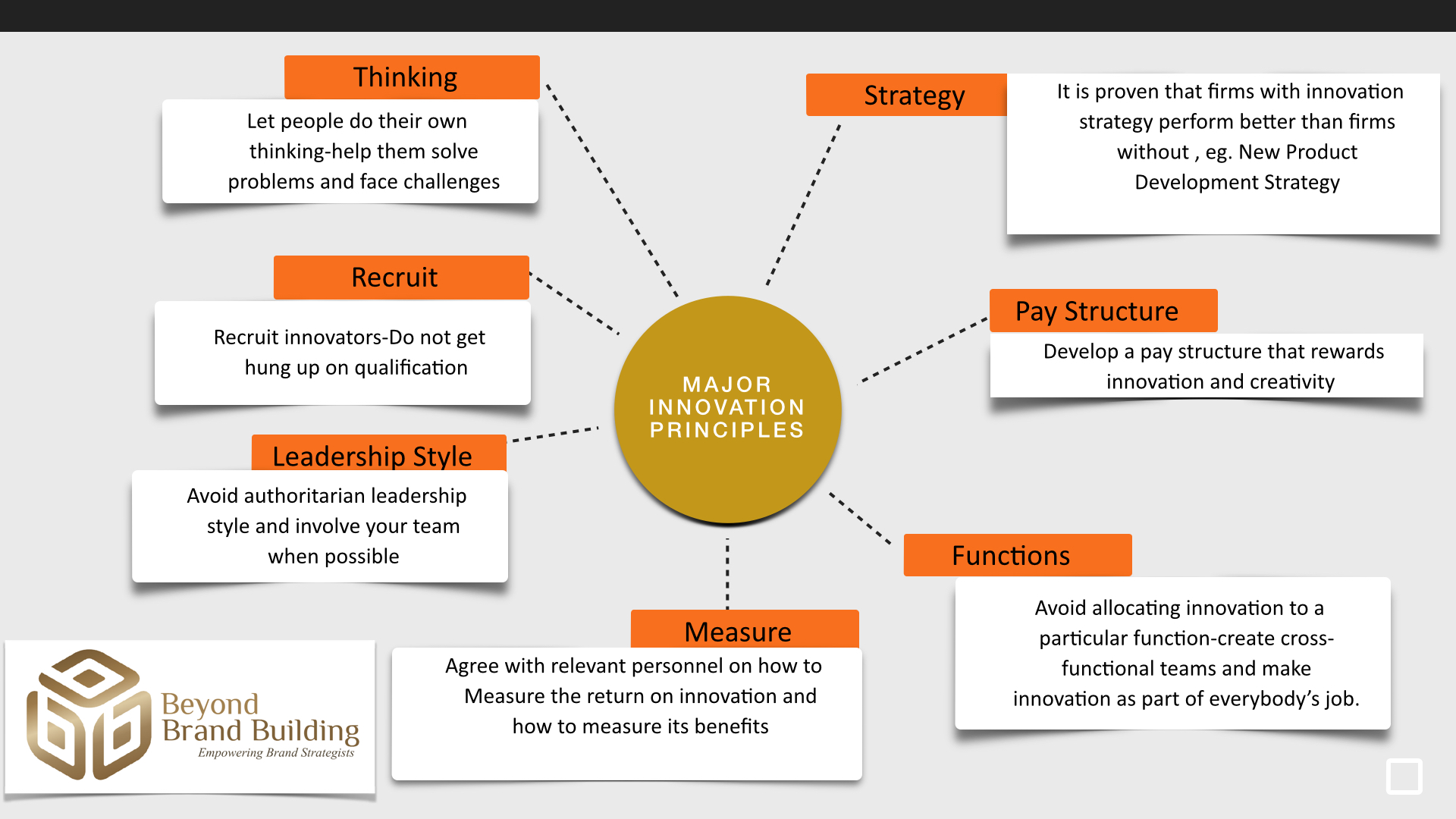The Third Wave of Branding Evolution !!
Successful Brand-Consumer relationship evolved dramatically through time and it’s considered to be a crucial paradox in contemporary challenges facing brand marketers. Many decision makers have realised that they need to grow their brand in many directions, locally and/or globally, while at the same time, they needed to maintain a superior relationship with their brand community, (if they have one !!).
But, have you asked yourself, how the relationship between brands and their customers have developed during the past century? How the branding concept had changed from a mere symbol and identification of a brand toward an active and sticky community?
My humble research found that some scientists have already documented the branding evolution through time, and that could be organised under three major “Waves”[1].
(A) The First Wave of Branding:
Here brands were acting as endorsers of the physical qualities of products. This is the stage where brands were more like trade names, i.e. kind of labels tagged on products, which allowed people to make a simple association about the manufacture and country of origin[2].
Here, the early definitions of branding were influenced by the sole discipline talking about brands, i.e. The Law ! Where back in the time, different ranch owners had to place a mark on their cattle to ensure they were not stolen, and by law that specific mark could act as a decisive factor.
At this very wave, a segmentation of quality has appeared to differentiate various suppliers and to signal upper quality[3]. Hence, David Aaker –A famous Marketing Consultant, Expert & Professor – gave a simple definition at 1991 to describe the branding concept in situations similar to the first wave of branding. He stated, “A brand is a distinguishing name and or/symbol intended to identify the goods or services of one seller from those of competitors” [4]. Believe it or not, some brands still acting on this notion till today!
(B) The Second Wave of Branding:
Here the brand does not say only something about the product but the user as well. Therefore, brands of this wave are brands which aimed at building-up affinities, establishing rapport and harmony between their product/service and its target market[5]. Prestige & Master Brands were a big part of this wave, both categories aimed at communicating their efforts through featuring different consumption situations of their customers.
Some believe that at this very wave, cognitive psychology became the dominant theory in marketing. Branding was associated with dominating portion of the space within consumers’ minds. Brand building efforts meant to link a brand name to a single consumer benefit and mere repetition advertising. Believe it or not, TV. Commercials were significant influences on theorizing the branding concept. Mostly, they ran for around 30 seconds (in average), accordingly and in order to be effective, different brands had to promote a single concentrated idea: the famous Unique Selling Proposition (UPS). P&G at this wave was the example of an ideal branding, each of its different brands (e.g. Tide, Pampers…etc) was summarized by on a single proposition [6]. Some brand equity researcher believed that it was because of the dominance of USP a brand extension strategy created so much surprise and excitement in the industry.
For the characteristics of the second wave of branding, I found that the definition of branding provided by Kevin Keller at 1998 is most suitable to describe this wave. He stated ‘A brand is a product that adds other dimensions to differentiate it in some way from other products designed to satisfy the same need.’ [7]
By now, I’m sure you have already realized that branding efforts are not a one-way communication channel. Well, it turns out that even customers are becoming more sophisticated than ever before. The fact that it is difficult (sometimes impossible) to differentiate different customers in a personal fashion led us to our next wave of discussion.
(C) The Third Wave of Banding:
Here where you’ll find a large portion of today’s famous and successful brands. Here are the brands that could interact with consumers on a personal level “or sort of!!” These are brands which consumers feel that they have built by themselves, having the feeling of belonging (e.g. a tribal brand like Apple). Those are not only having two-ways communication, but a community around them[8].
Successful brands in this wave are the ones who are not only have the capacity to interact with their consumers, but also have a space for their brand lovers to fill-up some part of their brand story. Brand marketers within those brands have actually managed to utilise such a space strategically.
Some third wave’s brands have had the market shaken. Those brands are the ones that engaged customers’ loyalty, based on emotional ties and consumer commitment. That’s why many of the latest definitions of a brand underline the role of communities.
No fans, no brand! [9] Nowadays, if a brand wants to be visible globally especially within different channels of the social media -which is considered being a big influence on this wave- they must have friends, followers and adepts.
Some Implications for Brand Strategists!
Honestly, there are so many implications at so many levels. Though, you might have noticed that the gap between successful brands and their consumers/fans are becoming smaller and smaller than ever before.
A key factor that could open the door to so many hidden doors is the mental paradigm of the people behind the brand. What really matters in today’s challenges is to be sure that you and your entire team have embraced the closeness with your fans.
In many situations, you as a brand strategists have to overcome the challenge of transforming your entire brand from a brand name per se to a brand that commands trust, respect, passion and engagement with the market.
Today, successful brands are already embracing each and every opportunity to engage with their communities. One of the biggest goals in your branding strategy should be creating a highly effective, efficient, attractive and unique community that could advocate the values of your brand, allowing everyone to be immersed in your Brand Story and its Brand-Sphere.
Well, do you have any additional implication in mind? Can you relate the current situation of your brand to any of the three mentioned waves? what do you think?
I invite you to share some of your valuable wisdom and comments with us…
Good luck!
For more scientific references about this topic, you might check the resources below… [1,2,5&8] Beyond Marketing: The Brand Story By Alexandra Craciun [3,6&9]The New Strategic Brand Management:Advanced insights & Strategic Thinking By J N Kapferer [4] Managing Brand Equity By David Aaker [7]Strategic Brand Management By Kevin Keller







